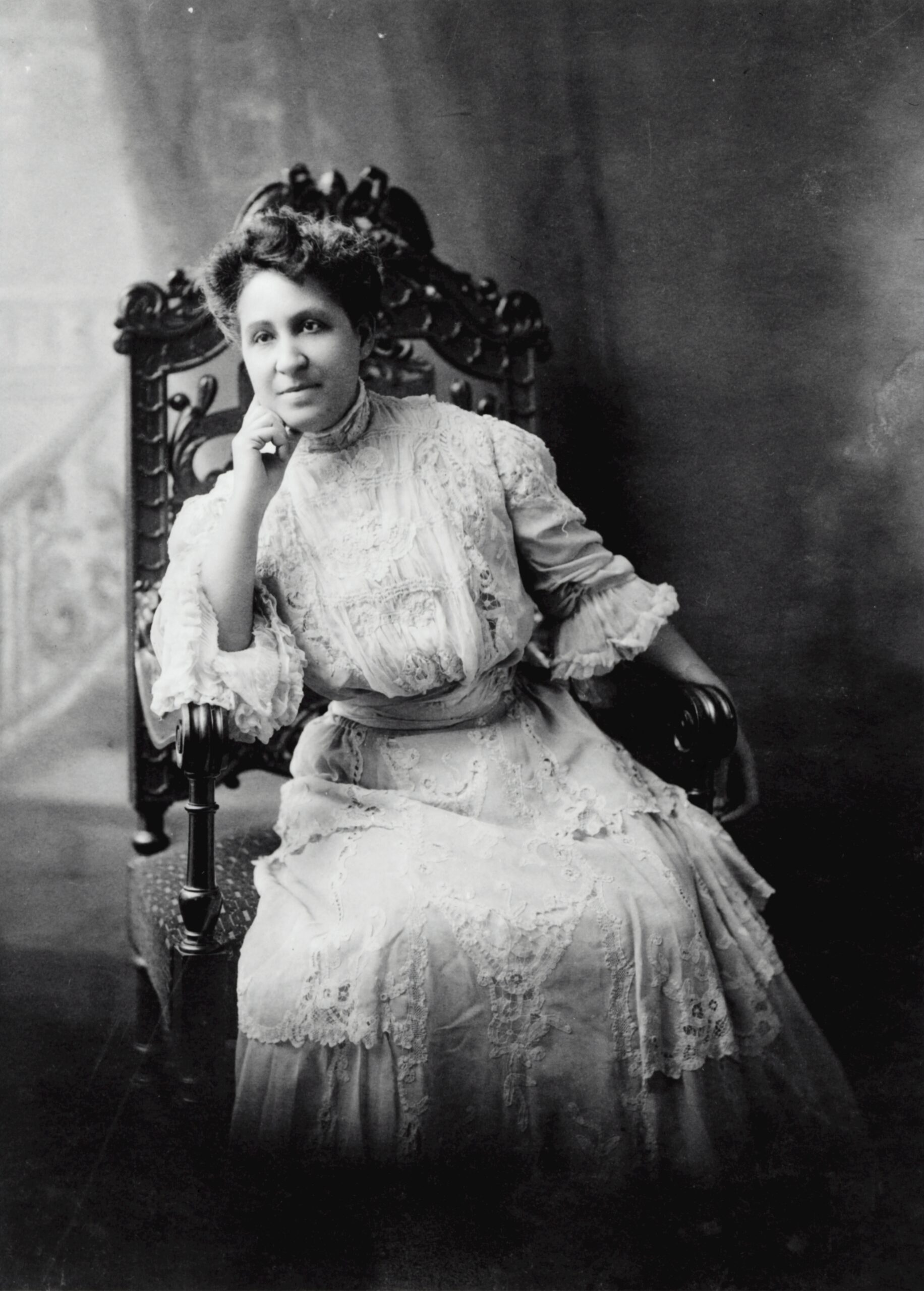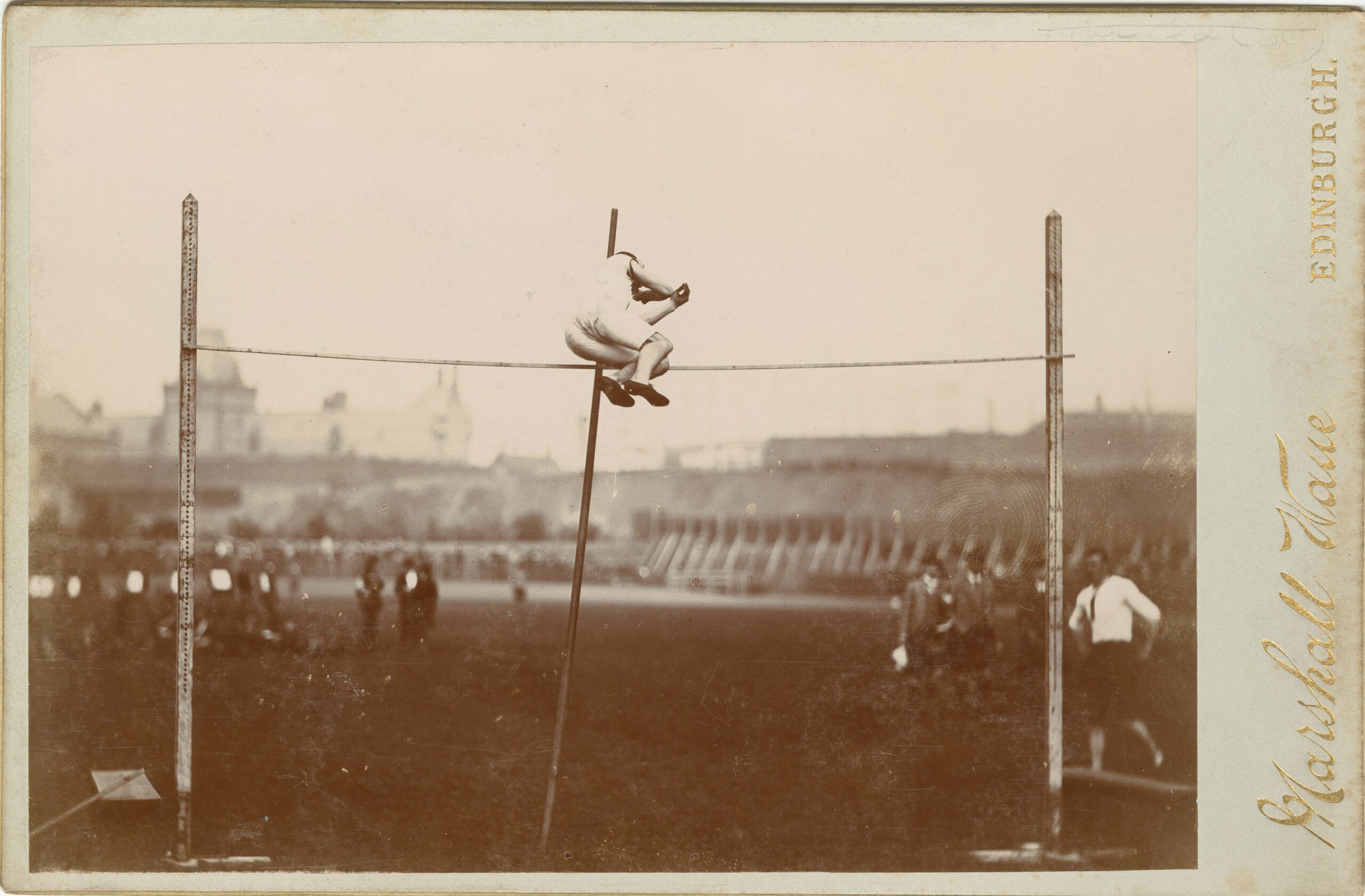Introduction: Setting the Scene
The women’s 5000m final at the 2024 Olympics promises a captivating spectacle, brimming with intense competition and exceptional athletic prowess. This event has generated substantial excitement among enthusiasts and commentators alike, as it features a constellation of elite runners ready to vie for Olympic glory. The anticipation is palpable, with fans eager to witness the culmination of years of rigorous training, strategic planning, and relentless pursuit of excellence.
Among the athletes, all eyes are particularly on the Kenyan duo of Faith Kipyegon and Beatrice Chebet, whose track records establish them as formidable contenders. Faith Kipyegon, celebrated for her gold medals in the 1500m at the previous Olympics, brings an unparalleled blend of speed and endurance that could redefine the dynamics of the 5000m race. Beatrice Chebet, meanwhile, has consistently showcased her prowess in long-distance events, cementing her status as a top-tier competitor. Their compatriot rivalry is expected to further intensify the event, adding an extra layer of intrigue for spectators.
Yet, the competition extends beyond the Kenyan champions. Dutch runner Sifan Hassan, known for her extraordinary versatility across various distances, poses a significant threat. Hassan’s relentless drive and tactical acumen make her a force to be reckoned with. Additionally, Ethiopia’s Gudaf Tsegay, with her recent record-breaking performances, enters the final with strong momentum and high expectations. This convergence of talent from across the globe heightens the stakes and underscores the significance of the event, as each athlete seeks to etch their name into Olympic history.
The women’s 5000m final is not just a race; it is a testament to the athletes’ resilience, determination, and unparalleled commitment to their sport. As the world watches, the stage is set for a contest that will undoubtedly leave an indelible mark on the 2024 Olympics.
Faith Kipyegon’s Journey
Faith Kipyegon, a name synonymous with excellence in middle-distance running, has carved an impressive niche in the athletic world. Born on January 10, 1994, in Kenya, Kipyegon has consistently demonstrated her prowess on the global stage. Her career highlight came with two Olympic gold medals in the 1500m event, first at the Rio de Janeiro Olympics in 2016 and then at the Tokyo Olympics in 2021. These remarkable achievements cemented her reputation as one of the premier middle-distance runners globally.
In preparation for the 2024 Olympics, Kipyegon decided to shift her focus to the 5000m event. This transition was not without its challenges, as the 5000m requires a unique blend of speed and endurance. Kipyegon has applied methodical training regimens to adapt to the longer distance, incorporating longer runs, cross-training, and strategic pacing into her preparation routine. This diligent effort has allowed her to maintain competitive performance throughout the World Athletics Championships and Diamond League circuits over the past few years.
Her remarkable transition was clearly displayed during the preliminary rounds of the women’s 5000m races. Kipyegon’s performances were characterized by tactical brilliance, conserving energy in the initial laps and deploying her well-known finishing speed in the crucial final stages of the race. Despite facing stiff competition and navigating the complexities of new racing dynamics, Kipyegon consistently finished in the top positions, securing her spot in the final with composure and strategy.
Nevertheless, Kipyegon’s journey to the Olympics has not been without hurdles. Adapting to a new event has been a significant challenge, demanding both physical and mental recalibration. Furthermore, ongoing adjustments in her training regimen to accommodate the demands of the 5000m have tested her resilience. Nonetheless, her steadfast determination and relentless pursuit of excellence exemplify her dedication, making her a formidable contender in the upcoming 2024 Olympics women’s 5000m final.
Beatrice Chebet: The Rising Star
Beatrice Chebet has carved a remarkable niche for herself in the realm of long-distance running. Emerging as one of the brightest talents, Chebet’s journey is characterized by rigorous training, remarkable achievements, and strategic planning. Her ascension in the sport is a testament to her dedication and the meticulous approach to her athletic craft. As the 2024 Olympics loom, all eyes are on this rising star.
Chebet’s training regime is exhaustive, incorporating a blend of high-altitude training, interval workouts, and strength conditioning. She splits her time between intense track sessions and recovery periods, striking a balance that is vital for peak performance. Her coach has emphasized quality over quantity, ensuring each session is purposeful and tailored to enhance her endurance and speed. Regular physiotherapy and nutritional planning also form integral parts of her preparation, keeping her in optimal shape.
Chebet’s journey to the top includes a series of impressive milestones. Notably, she clinched gold in the 2018 World U20 Championships, a victory that heralded her arrival on the global stage. Her subsequent performances have been consistently strong, including her silver medal at the 2022 World Athletics Championships and a string of victories in Diamond League meets. These achievements have not only garnered her acclaim but also solidified her status as a formidable competitor.
Leading up to the 2024 Olympics, Chebet has shown exceptional form. Her strategic prowess is evident in her ability to deploy effective race tactics. Known for her powerful finishing kick and tactical acumen, Chebet has demonstrated the ability to conserve energy and strike decisively in the final laps. This strategic nous is expected to play a crucial role in the highly competitive women’s 5000m final.
With her rigorous training, a history of significant achievements, and a sharp race strategy, Beatrice Chebet stands poised to make a significant impact in the 2024 Olympic Games. Her potential to secure a podium finish is undeniably strong, making her one of the athletes to watch in this turbulent journey towards Olympic glory.
The Competition: Hassan and Tsegay
The Women’s 5000m Final at the 2024 Olympics is shaping up to be a riveting contest, prominently featuring stellar athletes such as Sifan Hassan and Gudaf Tsegay. Both athletes have carved out remarkable careers in middle and long-distance running, earning them recognition and respect on the global stage.
Sifan Hassan, hailing from the Netherlands, has garnered multiple accolades, including double Olympic golds in the 5000m and 10,000m at the Tokyo 2020 Olympics. Known for her formidable kick and impeccable race strategy, Hassan has established herself as a formidable opponent in any distance event. Her preparations for the 2024 Olympics have included intensive altitude training stints and participation in various high-profile competitions, allowing her to maintain peak form and readiness. Hassan’s supreme versatility in both the 1500m and the 5000m distances continues to pose a significant challenge for her rivals.
Gudaf Tsegay of Ethiopia is another leading contender. With a World Indoor Championship title in the 1500m, Tsegay has demonstrated her prowess across a range of distances. Her impressive personal bests and consistent performances position her as a tough competitor. Tsegay’s rigorous training regimen and strategic racing plans aim to maximize her endurance and speed for the 5000m event. As she heads into the Olympics, her ambition and drive to surpass previous achievements are evident.
Both Hassan and Tsegay have faced continuous rivalry with Kenyan athletes, adding another layer of intensity to their Olympic preparation. Encounters at various World Championships and Diamond League meetings have often seen these competitors push each other to the limits, sometimes resulting in groundbreaking performances. This history of fierce rivalry ensures that the Women’s 5000m Final will be a spectacle of strategic racing and raw athleticism, as these athletes vie for Olympic glory.
The Race: Women’s 5000m Final
The Women’s 5000m final was a display of supreme athleticism and strategy, as competitors navigated the grueling 12.5-lap race. From the starting gun, the pace immediately set a challenging tone. The athletes meticulously settled into their lanes, their initial strides a blend of energy conservation and assertiveness, a clear testament to their pre-race strategies.
Early in the race, the front pack quickly distinguished itself from the rest, led by the favorites who were known for their tactical prowess. The first few laps were relatively measured, with athletes pacing themselves to avoid premature exhaustion. As the race progressed, subtle position changes demonstrated the athletes’ adaptability and strategic depth. Their movements within the pack were smooth yet calculating, each runner aiming to secure an advantageous spot.
A significant moment occurred at the mid-point, when a leading contender initiated a bold breakaway, increasing the pace and stretching the field. This move prompted a rapid response from the pack, splintering the once cohesive group into smaller clusters. The chase was on, as athletes jockeyed for position, their strides reflecting both determination and tactical acumen. The breakaway had set a new race dynamic, compelling others to decide whether to follow suit or conserve energy for a final kick.
As the race approached its final laps, the atmosphere intensified. The lead pack had dwindled to a handful of resilient competitors, their fierce resolve evident in every stride. At this juncture, precision and timing were crucial. Unexpected surges added to the unpredictability of the final moments. A strategic tussle unfolded among the remaining contenders, each making calculated moves to gain an edge.
The closing lap was a spectacle of stamina and strategy, with a thrilling sprint finish that left spectators at the edge of their seats. The decisive moves in the final stretch revealed not only physical prowess but also psychological fortitude, culminating in a race that will be remembered for its intensity and strategic intricacies. The Women’s 5000m final was indeed a race for the ages, a true testament to the high level of competition on the Olympic stage.
Disqualifications and Controversies
The Women’s 5000m final leading up to the 2024 Olympics was marked by unprecedented disqualifications that sent shockwaves through the sports community. Among the most notable was the disqualification of Faith Kipyegon, a highly celebrated long-distance runner. Kipyegon’s disqualification stemmed from a violation of Lane Infringement Rule 163.3(a), which states that athletes must remain within their allotted lanes during specific phases of the race. The infringement was confirmed by the track officials after closely examining race footage and consulting with electronic tracking measurements.
Kipyegon’s case was not an isolated one. Another prominent athlete, Ayana Almaz, also faced disqualification under similar circumstances. Both athletes were initially unaware of their infractions and expressed significant disappointment upon learning of their penalties. The coaches for both Kipyegon and Almaz vigorously contested the decisions, arguing that the infractions were marginal and did not provide any unfair advantage. Despite their protests, the race officials upheld the disqualifications, citing the rules’ strict adherence and consistency applied to all competitors.
The audience reacted with a mix of disbelief and indignation. Social media platforms buzzed with debates over the fairness of the disqualifications, with many fans and former athletes weighing in on the strict enforcement of the rules. Some respected figures in the athletic community called for a reevaluation of the rules, suggesting that minor infringements should warrant warnings rather than immediate disqualification. Conversely, supporters of the strict rule enforcement argued that maintaining the integrity and fairness of the competition is paramount.
These disqualifications underscored the turbulent and highly scrutinized journey athletes face en route to the Olympics. As the governing bodies of athletics continue to navigate the balance between fair play and rigid rule enforcement, the discourse around such controversial decisions remains a pivotal aspect of the sports world.
Kenya’s Reaction and Future Prospects
The 2024 Women’s 5000m final has indeed been a tumultuous journey for Kenyan athletics, leaving a significant imprint on both the athletes and the nation. The disqualifications experienced have resulted in a wave of mixed reactions across the country, eliciting a complex blend of disappointment and resolve. Nationally, the disqualifications have been a topic of contention and reflection, as stakeholders, fans, and the athletes themselves grapple with the aftermath of what could have been a more triumphant event.
In the wake of these developments, the morale among Kenyan runners has taken a noticeable hit. The disqualifications have cast a shadow over what was expected to be a remarkable showcase of athletic prowess. For the athletes, this has meant a step back to reassess their strategies, training, and overall approach to international competitions. This introspection is, however, counterbalanced by a renewed determination to reclaim Kenya’s esteemed position in track and field events.
The Kenyan athletics community has responded with a collective call for resilience and improvement. Coaches and sports officials are emphasizing the importance of adhering to stringent international regulations to avoid future disqualifications. Moreover, there is an increasing focus on mental fortitude, ensuring that athletes are not only physically prepared but also mentally equipped to handle the pressures of global competitions.
Looking ahead, the prospects for Kenyan athletes remain promising. The setback has instigated a more robust framework for nurturing emerging talents, with enhanced mentorship programs and training facilities. Strategic initiatives are being implemented to refine athletes’ capabilities, ensuring that they are well-prepared for upcoming international competitions. Additionally, there is a concerted effort to bolster support systems for athletes, encompassing aspects such as nutrition, injury prevention, and psychological counseling.
Kenya’s strategy going into future competitions will likely involve a tighter integration of compliance with global standards and a focus on holistic athlete development. By addressing the lessons learned from this turbulent journey, Kenya aims to reinforce its reputation and continue its legacy in the realm of international athletics.
Conclusion: Reflections on the Women’s 5000m Final
The Women’s 5000m final at the 2024 Olympics was a stage set for both triumph and controversy, as athletes poured their hearts into a race that was as dramatic as it was exhilarating. Key moments within the competition showcased the peak of physical endurance and strategic prowess, with competitors pushing their limits to the brink. The race, however, was marred by significant events, including disqualifications that underscored the importance of adherence to racing regulations and the ethic of fair play.
Remarkable performances were witnessed as athletes from diverse backgrounds came together, each bringing their unique strengths and strategies. Leading the race, several runners distinguished themselves with exceptional speed and stamina, creating an intense battle around the track. However, the final outcome was overshadowed by a couple of disqualifications, which sparked debates within the athletic community. These disqualifications served as a stark reminder of the stringent standards maintained at the highest levels of competition and the unforgiving nature of the sport.
Despite the drama, the event highlighted an indomitable spirit among the athletes. Their resilience in the face of adversity and their unwavering sportsmanship stood out prominently. Competitors who faced setbacks did not falter; instead, they embraced their circumstances with dignity, reflecting the true essence of Olympian spirit. This event has set the stage for future competitions by demonstrating not only the physical capabilities required but also the psychological fortitude necessary to excel.
Ultimately, the Women’s 5000m final was a testament to the resilience and sportsmanship that define the sport. It reinforced the importance of fair play and perseverance while inspiring future generations of athletes. The journey to the finish line was turbulent, but it provided invaluable lessons that will shape the future of competitive running, ensuring that the sport continues to evolve and thrive on the global stage.



